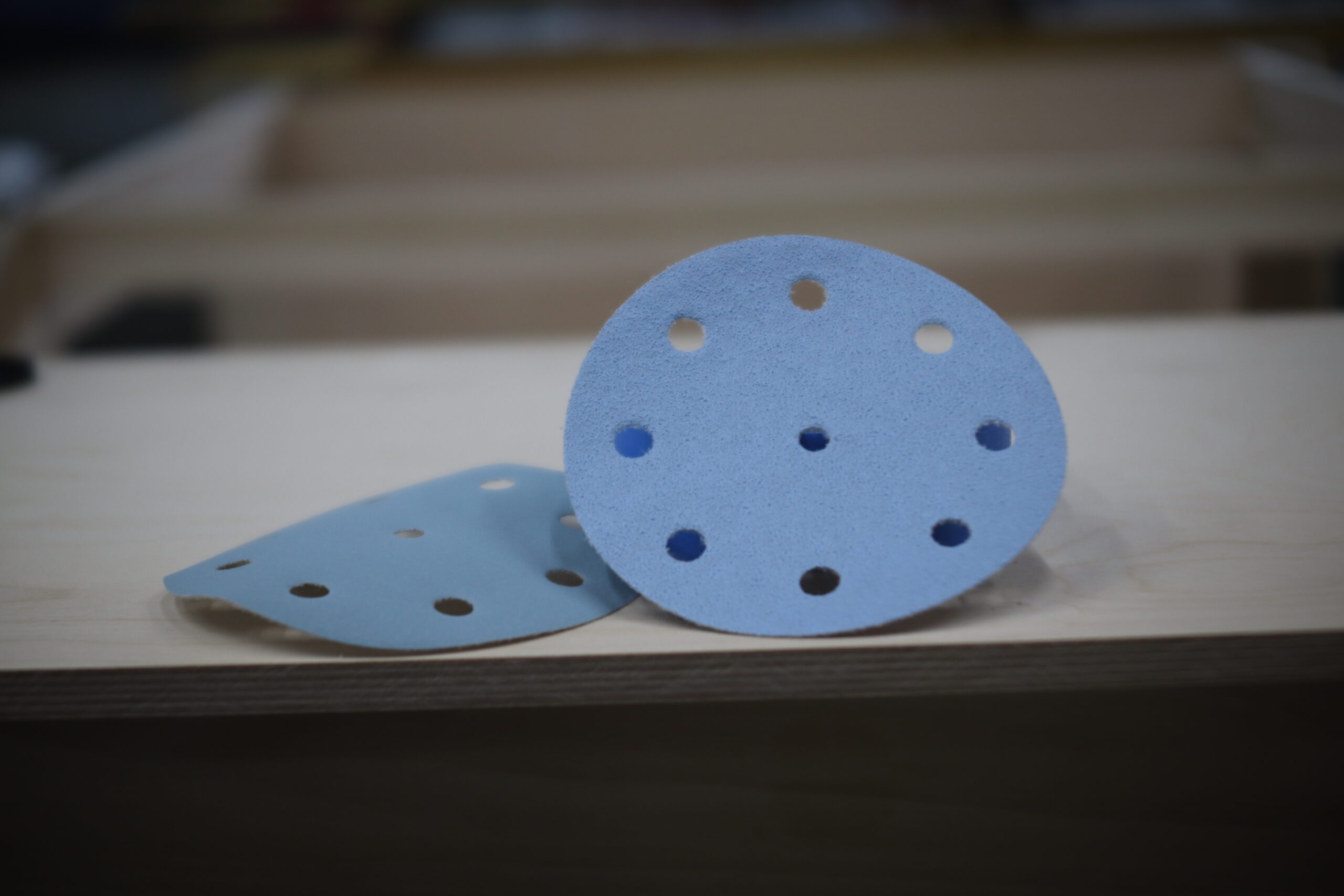The earliest known use of sandpaper was in 13th century China. Crushed seashells were adhered to parchment paper using plant gum as an adhesive. Various other civilizations around the world developed their own versions of sandpaper using crushed nutshells or sand adhered to paper or leather backings. Early abrasive polishes were made by mixing crushed rock with oil which would be rubbed across the surface using leather, both smoothing and conditioning wood at the same time. Viking and early British woodworkers used sharkskin to finish furniture, which has very tiny and sharp scales, equivalent to roughly 80 – 120 grit modern sandpaper. The first mass produced sandpaper was developed in the 1830s by John Oakey, called “glasspaper” because it was made with crushed glass. John mechanized the process of adhering abrasive powder to paper backer, revolutionizing the industry. Since then, hundreds of variations have been developed using both natural and synthetic materials including garnet, emery, ceramic, diamond and aluminum oxide.
